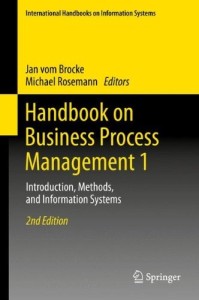Career Summary
Chris is an Enterprise Architect with over 12 years’ experience in a variety of architecture and IT strategy roles, including key positions within the investment management and health industries.
Chris also has a background in psychology and brings a contemporary human behavioural perspective to enterprise architecture. He has a deep understanding of why people use technology the way that they do, and brings this into his teaching. Chris has a keen insight into marketplace, operational and technology challenges confronting the modern enterprise and is passionate about designing simple, elegant and cost effective solutions to these complex problems.
Training Credentials
Chris holds a PhD in Psychology from the University of Queensland and is certified in:
- TOGAF® 9.1
- PRINCE 2
- ArchiMate 2.0
- ISC² CISSP
Chris teaches the following courses at Enterprise Architects:
Contributing author Chris Aitken
A Framework for Classification and Modelling Organisational Behaviour
The consistent structuring and modelling of behavioural descriptions is a prerequisite to any successful Business Process Management (BPM) initiative. This chapter presents a simple practical framework for aligning various concepts and representations of organizational behaviour, which assists identifying appropriate model types. The framework is presented as a means to improve process modelling within BPM initiatives and as a guide to the development and documentation of process architectures. A set of BPMN 2.0 based templates are described which enable the modelling of the concepts in the framework. Both health sector and investment management industry case studies are described in which the framework is used to align descriptions of organizational behaviour to produce useful integrated behavioural reference models and unified process model sets. The framework is also used to analyse model and process architecture completeness and structure.
Undertaking training is more than just attaining another certification; it is an opportunity for professional development and growth. In my view training for enterprise architects or participants in related fields, should be as much about learning how to effectively communicate architecture and its benefits as it is about the certification at the end of the course.


